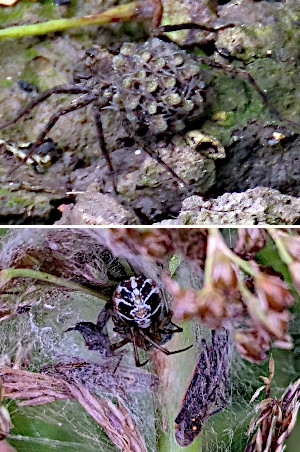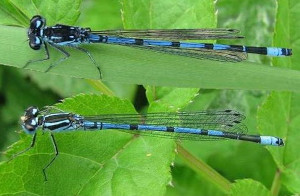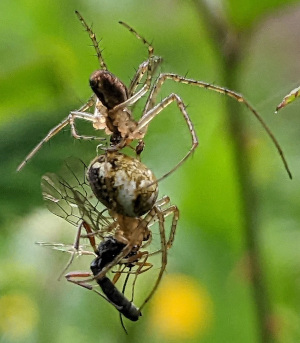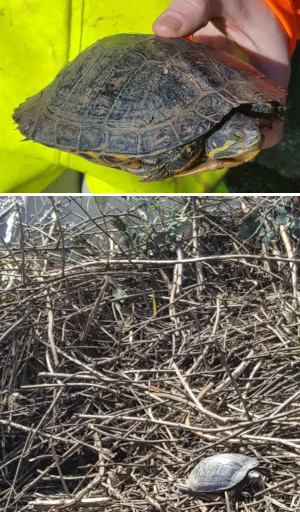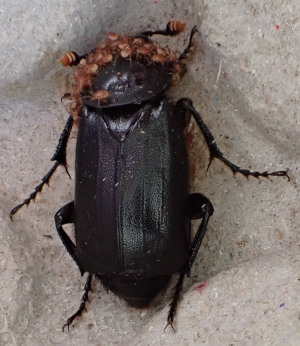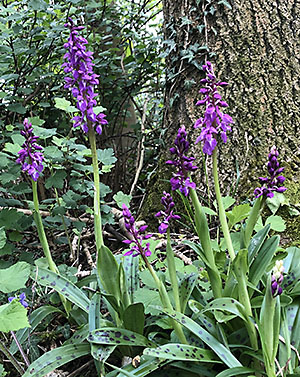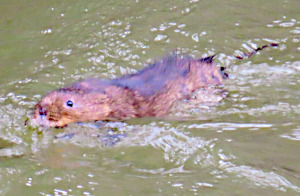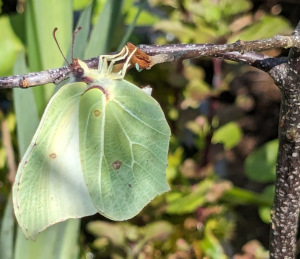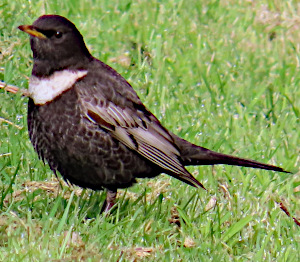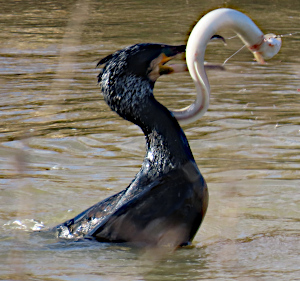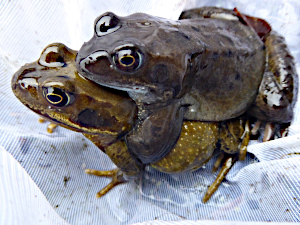City Nature Challenge
Hull 26-29 April 2024

Our recording area
Image from NEYEDC website
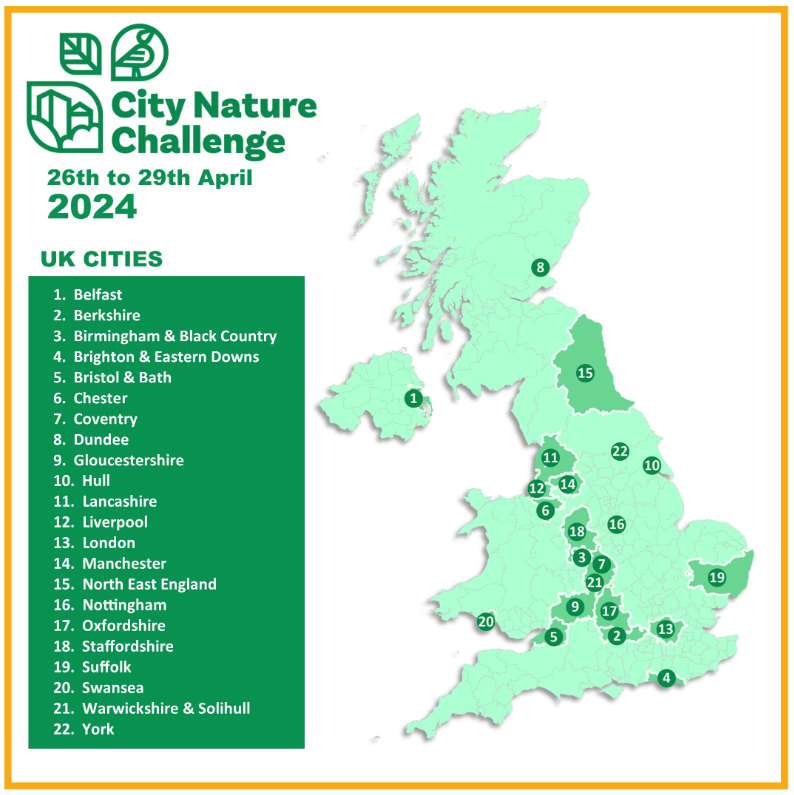
Other UK regions participating
Image from NBN website
Hull joined the international City Nature Challenge (CNC) last year and is taking part again this year. CNC Hull 2024 is being coordinated by the local records centre, the North and East Yorkshire Ecological Data Centre (NEYEDC), with the help of other local organisations. The aim of the Challenge is to record as much wildlife as possible within the city limits over the four days from Friday 26th to Monday 29th April.
Recording wildlife for the CNC is based primarily on taking photographs which are then downloaded to a free app (iNaturalist) on a smartphone or computer. Importantly, you don’t have to be a wildlife expert to take part because the app is designed to provide you with a likely or possible identification.
65 people, including several members of Hull Nats, submitted records for CNC Hull 2023. There were 4180 records, comprising 854 species (mostly plants and insects), which was the seventh highest total amongst the 22 participating UK cities and larger regions. I provided records from Pickering Park, St Andrews Quay and a small park near Hessle Road. When the sun shone, the garden in Pickering Park, with its sheltered glades, proved to be my most productive site for insects. My finds were all common species but did include the distinctive Blotch-winged Hoverfly (Leucozona lucorum) and the furry Dark-edged Bee-fly (Bombylius major). Notable finds by two skilled entomologists included a species of agromyzid fly Phytomyza clematidis whose larvae feed on seeds and a lance fly Earomyia netherlandica, the latter being the first UK record of a male of this species (only one female having been recorded before in the UK).
Nearly 60% of the records from CNC Hull 2023 have been verified sufficiently to be used by NEYEDC for conservation and land use planning purposes, and also by the University of Hull for research projects. These records help improve understanding of biodiversity in the city and provide up-to-date records for some areas where recording has historically been lacking.
For CNC Hull 2024, records submitted via the iNaturalist app are preferred but NEYEDC will accept records entered on an Excel recording form [download]. E-mail any completed forms to NEYEDC at info@neyedc.co.uk by 2nd May in order for the records to be included in the overall CNC Hull 2024 results.
Hopefully more people will join CNC Hull this year and help to increase the number of species recorded. For further information, including details of free training in use of iNaturalist, see NEYEDC's website.
Richard Shillaker, 14th April 2024




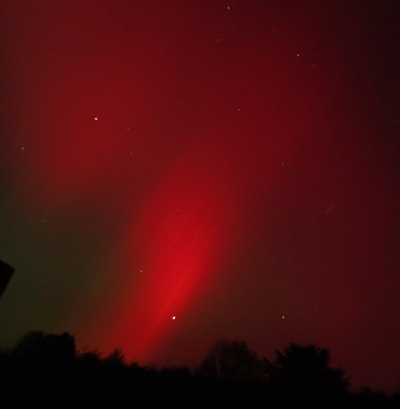
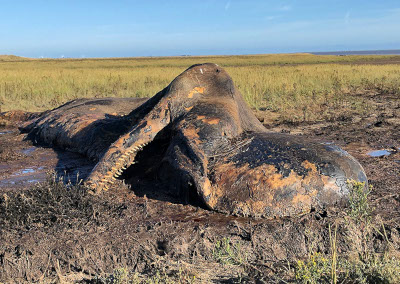
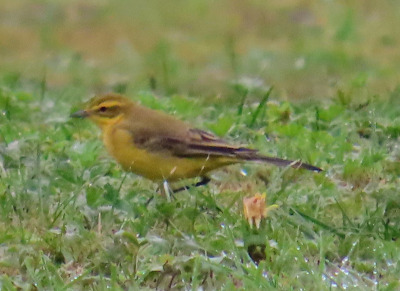
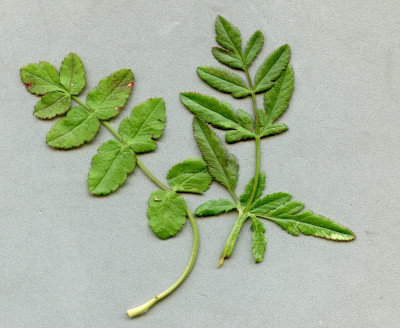

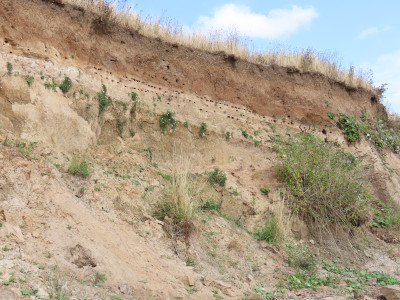
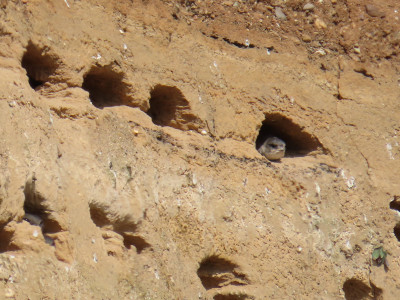
 Bordered Beauty
Bordered Beauty Dusky Sallow
Dusky Sallow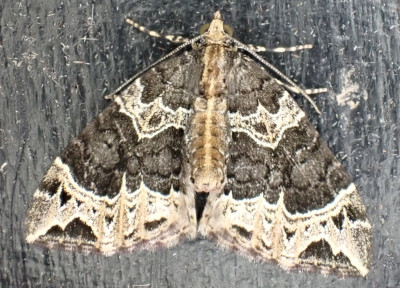 Small Phoenix
Small Phoenix Sallow Kitten
Sallow Kitten

